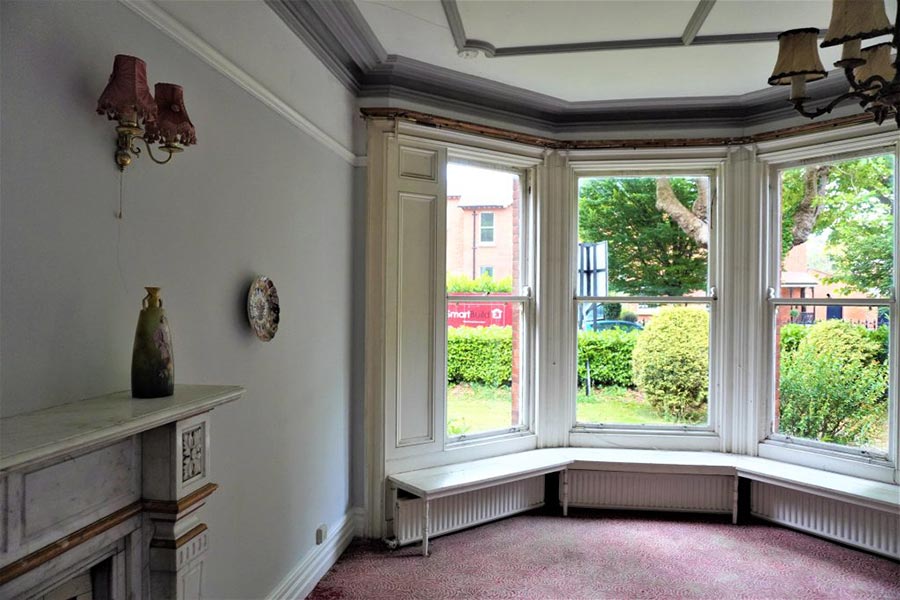With energy prices increasing, people naturally want to save money by insulating their homes. In a modern property, internal dry lining is often the most cost effective way of reducing heat losses through external walls. Approximately 35% of heat losses in a property occur through uninsulated. A further 15% is lost through floors (typically uninsulated suspended timber floors), 25% through uninsulated roof voids and approximately 10 – 15% through windows depending on the specification of the glass.
In a period property, particularly if the property is ‘Protected Structure’ the homeowner may be limited in what they can do to insulate the property. The local Conservation Officer may impose strict limitations on what may or may not be allowed when it comes to fabric changes to reduce heat losses. In any case, the use of standard ‘PIR’ plasterboard in period properties constructed of solid brick or stone is not recommended and can lead to interstitial condensation formation between the back of the plasterboard and the internal face of the brick. The ‘dew point’ can be interferred with leading to disasterous consequences. A proprietary insulation system appropriate for insulating walls of this age and type should be installed by a specialist heritage contractor. Calcium silicate board is an ideal material, however, quite expensive. Other alternative would be the ‘Pavadry’ or ‘Optima’ systems. ‘Diathonite Evolution‘ is becoming increasingly popular. Insulation should only be fitted once any rising dampness issues are addressed.
Kelleher & Associates can provide specialist conservation advice reagrding rising dampness and retrospectively insulating period properties as part of our per-purchase building surveys. Talk to us about your specific requirements.

